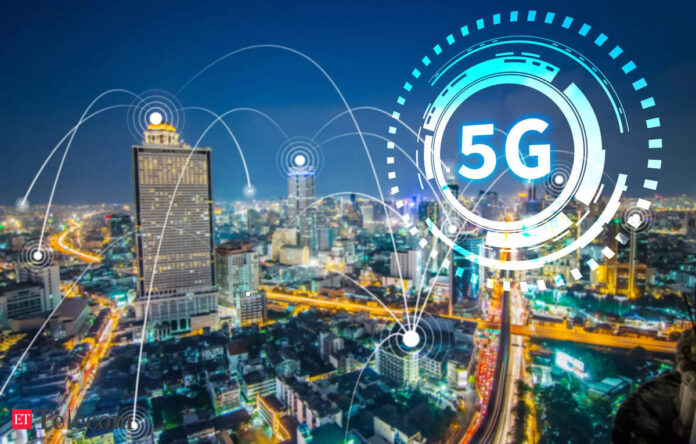In Short:
A study shows that 31% of urban Indians use quick commerce platforms for primary grocery shopping, with 39% using them for top-ups. Popular items include ready-to-eat meals and snacks. This shift is boosting FMCG sales but raising concerns among small traders, who feel sidelined. As competition intensifies, brands must adapt to changing consumer preferences for convenience and pricing.
New Delhi: The landscape of shopping for groceries in urban India is changing at lightning speed, thanks to quick commerce platforms. A recent study, the NIQ Shopper Trends 2024 report, highlights that a remarkable 31% of urban Indians now choose quick commerce as their primary method for grocery shopping, while 39% turn to it for convenient top-ups.
This insightful report, which surveyed 4,500 customers across 16 cities including Delhi,
Gurugram, Noida, Mumbai, Bengaluru, Chennai, and Hyderabad,
reveals a wave of significant growth within the grocery sector driven by quick commerce. Among the most sought-after categories are ready-to-eat meals, purchased by 42% of those surveyed, and salty snacks, which attracted 45%.
According to Mitesh Dabrai, executive director of consumer and marketing insights at NIQ in India, “Today’s shoppers are incredibly discerning, price-sensitive, and adaptable. The surge in quick commerce usage underscores the urgent need for FMCG brands to prioritize both convenience and speed while addressing value perceptions. With a staggering 87% of shoppers feeling the pinch of rising food prices, maintaining shopper loyalty will require businesses to innovate around strategic pricing and promotions.”
Boost for FMCG Companies
An escalating number of fast-moving consumer goods companies are witnessing explosive sales growth via quick commerce apps like Blinkit, Zepto, and Swiggy Instamart. Procter & Gamble Hygiene and Health Care Ltd (PGHH), known for brands like Whisper, Vicks, and Old Spice, has reported that sales through quick commerce have more than doubled year-on-year.
This rapid growth hasn’t gone unnoticed by traditional e-commerce and grocery delivery firms. Just last month, Flipkart launched its quick delivery service in Bengaluru, while BigBasket announced a shift from slotted deliveries to quick commerce (10-30 minute deliveries), ramping up the competitive stakes.
Sharing insights during the company’s analyst day, Mrinalini Srinivasan, CFO of PGHH, noted a striking 22% increase in monthly active users across India’s top five quick commerce websites between January and July. She stated, “Though this channel is currently small, its rapid growth is pivotal for us and is likely to continue driving growth as this segment expands geographically.” PGHH has invested heavily in understanding the consumers frequenting quick commerce platforms, she added.
“Our findings indicate that the purchasing journey for these shoppers is quite unique, heavily centered around convenience. We’re complementing our brand-building strategies with a supply chain model tailored to this unique business framework. The results speak for themselves: our quick commerce sales have been more than doubling year-on-year,” she remarked.
Meanwhile, MTR, a spice maker, reports that around 9% of its sales now come from quick commerce. “Quick commerce is tremendously impactful for us, particularly among India’s top consumer class,” expressed Sanjay Sharma, CEO of Orkla India, the parent company of MTR.
Small Traders Up in Arms
The meteoric rise of quick commerce platforms has stirred discontent among small traders and distributors. Last month, the national distributors’ association, the All India Consumer Products Distributors Federation (AICPDF), voiced their concerns to trade and industry minister Piyush Goyal regarding the growing prominence of quick commerce.
They argue that these platforms are increasingly becoming direct distributors for major FMCG companies, effectively sidelining traditional distributors and jeopardizing the livelihoods of small retailers. The unchecked expansion of quick commerce is creating a lopsided playing field that threatens the survival of small stores that have long underpinned India’s retail landscape.
Potential government scrutiny of quick commerce platforms looms, according to various media reports. Despite this, consumer behavior is rapidly shifting toward these platforms, fueled by convenience and attractive discounts. As mentioned earlier, urban shoppers are not just utilizing quick commerce for sporadic purchases but are also depending on it for their primary grocery needs. E-commerce platforms are becoming increasingly popular for staples, with 60% of respondents in the NIQ survey stating they buy these goods online.
“While price sensitivity and promotional offers are still significant, the growth of quick commerce, multi-channel shopping, and a rising interest in premium private labels present fresh growth avenues for FMCG brands. To thrive, retailers and manufacturers must adapt continuously to these transformations by offering innovative and convenient solutions that align with evolving shopper expectations,” the report concluded.





